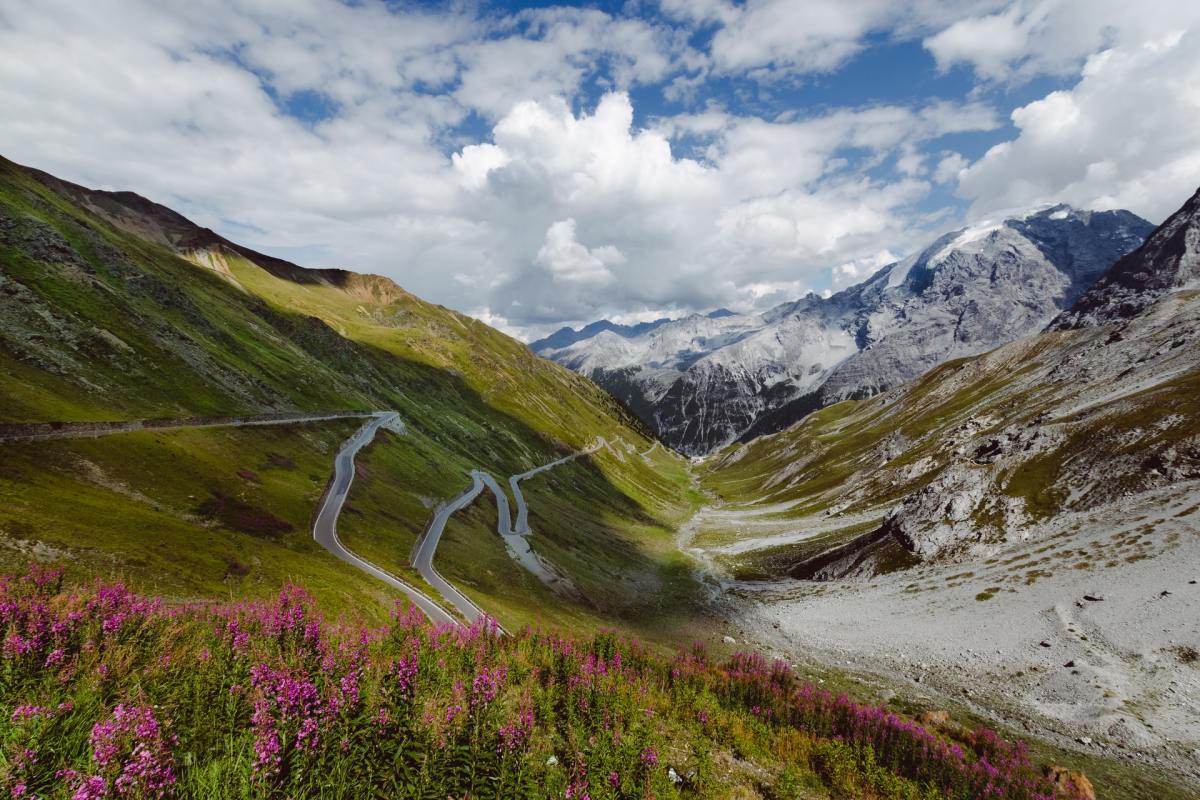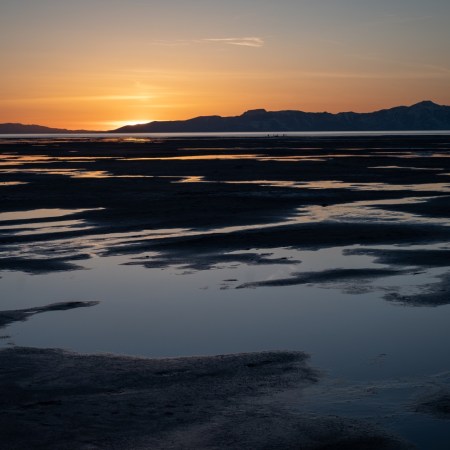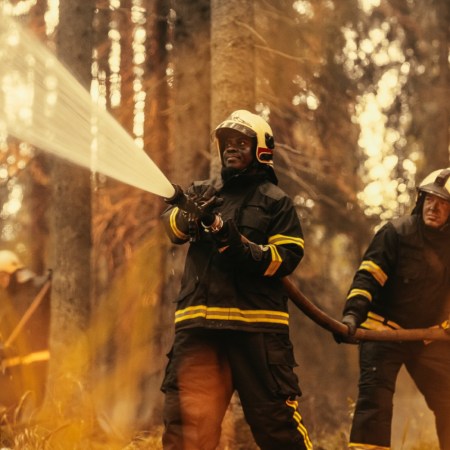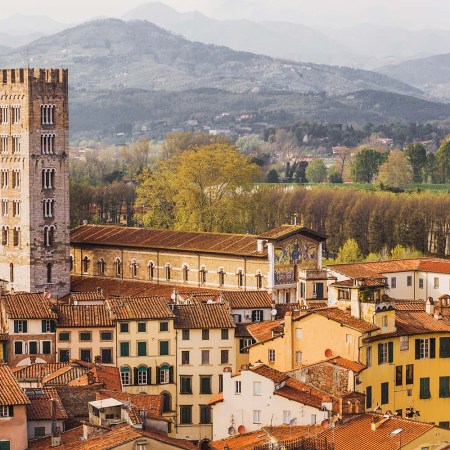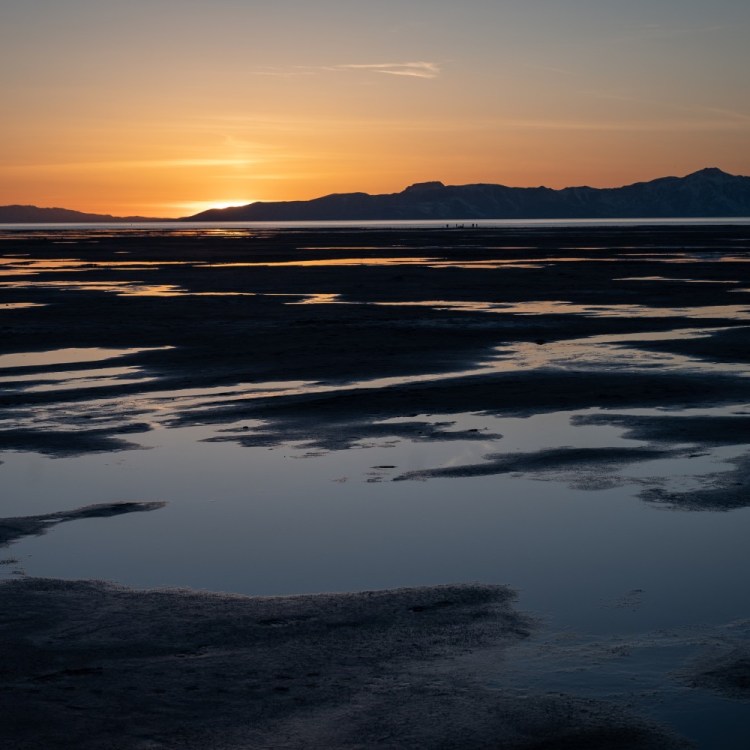Oftentimes, the discovery of a historically significant location that’s been inaccessible for decades or centuries is grounds for celebration. But there’s a growing array of places and objects that are being found for a more unnerving reason: they had been buried under ice for many years, and are thawing out as a result of climate change. Earlier this year, that happened with a ski buried under ice and snow for over a thousand years. And now, in Italy, something similar has happened — only there, the object uncovered was a bit more recent and substantially larger.
In Stelvio National Park in Italy, climate change melted enough snow so that a bunker dating back to World War I is now visible. So reports Adela Suliman at The Washington Post in an article that balances the rush of historical discovery with the disquieting sense of what climate change can accomplish.
The bunker itself was built by the Austro-Hungarian military in 1915, and is situated on Mount Scorluzzo — not far from the border between Italy and Switzerland. The bunker was occupied for most of the war, with the troops stationed there leaving it behind shortly before the armistice that ended the war.
This isn’t the first facility in the vicinity to be revealed due to climate change. Suliman notes that enough ice had receded by 2017 that scientists were able to access and excavate barracks on the same mountain. The implications of these discoveries are alarming, to say the least. Historian Giovanni Cadioli put it bluntly, telling the Washington Post, “We’d really rather not have retreating glaciers.” It’s an eminently understandable sentiment.
Thanks for reading InsideHook. Sign up for our daily newsletter and be in the know.
